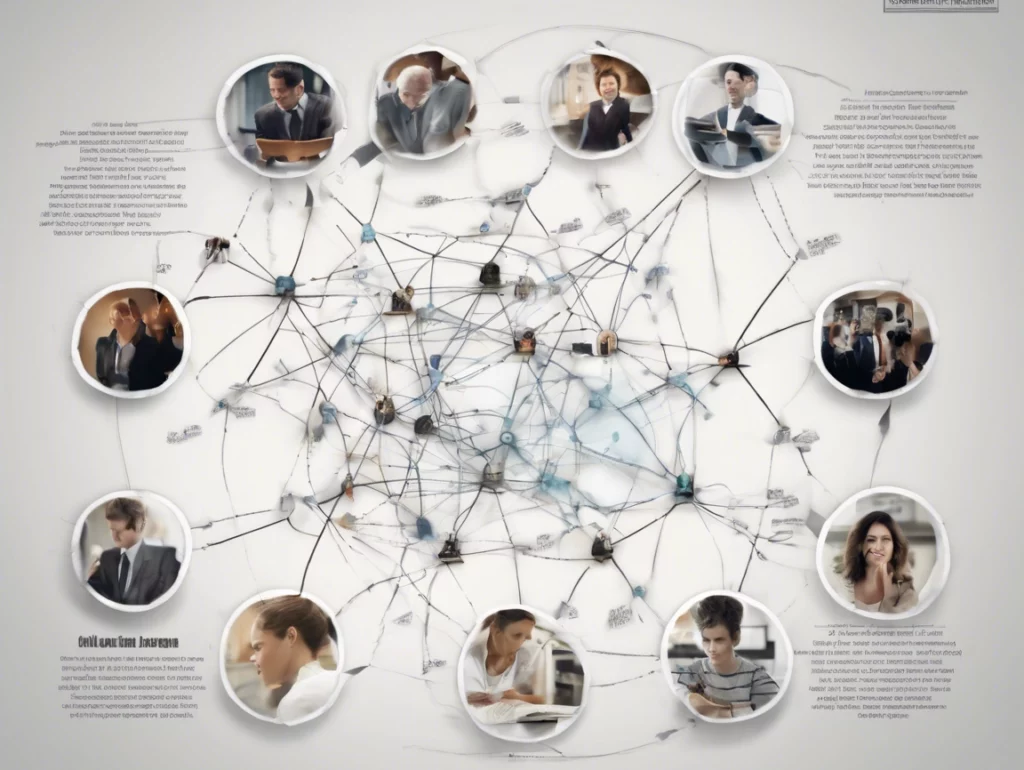Bias

Back Bias in Artificial Intelligence (AI) occurs when an AI model reflects prejudices such as sexism or racism. This bias can be obvious, like an AI biometric surveillance system that exclusively picks out people-of-color to be potential criminals, or it can be hidden, such as in one word, that feels violating. Such bias often stems […]
Values by Design

Back Values by Design refers to embedding ethical principles into every stage of a product’s lifecycle, from conception to deployment. In the context of Artificial Intelligence (AI), it’s important to recognize that AI itself does not have inherent values—it is a tool shaped by human creators. Therefore, Values by Design in AI requires identifying those […]
Little Sparks

Back Little Sparks can refer to moments when an AI model behaves in an unexpected yet beneficial way, offering new insights or possibilities. It can also describe the small, innovative ideas that Designers for Responsible AI might have—moments of inspiration that emerge in an otherwise highly technical, scientific field. These sparks are often tied to […]
Values by Use

Back Values by Use examines how AI models are applied in the real world and the ethical implications that arise from their usage. It focuses on how users’ actions and decisions can shape the outcomes of AI systems, while also considering external factors such as regulatory frameworks, societal norms, and cultural contexts. This perspective emphasizes […]
Heterogenous engineering

Back Heterogeneous Engineering and Responsible AI are closely linked, especially when it comes to ensuring fairness and ethical design. Fairness cannot be treated as a purely technical standard, as human contexts such as relationships, organizational structures, and social norms must be part of the design and engineering process from the beginning. By considering these factors, […]
Socio-technical diagram

Back About people, people people. Socio-technical diagramming is the practice of visually representing both technological systems and their social contexts, highlighting the interconnections between them. In sociotechnical systems theory, this approach encompasses not just the visible elements, like hardware and software, but also the often invisible social structures that influence and are influenced by technology. […]
Abstraction in AI

Back To streamline Artificial Intelligence (AI) processing, it’s often necessary to focus only on the most essential elements, filtering out irrelevant details. In knowledge representation, this process involves simplifying complex information, allowing AI systems to concentrate on crucial data and operate more efficiently. Essentially, some components are treated as “black boxes” while attention is given […]
Knowledge engineering

Back The development of Artificial Intelligence (AI) through knowledge engineering aims to create systems that can perform tasks like humans, such as financial advising or decision-making. Replicating the human mind in computational form is an ambitious goal, especially since its workings remain largely mysterious. Progress has been made with models like neural networks, which draw […]
Safeguards

Back Artificial Intelligence (AI) requires careful safeguards to mitigate potential risks. If released prematurely without proper precautions, AI systems can pose significant dangers, including disinformation, cyberattacks, fraud, privacy violations, bias, hate speech, and hallucinations. To address these risks, several safeguards should be implemented. These include ensuring transparency about the data used for training, testing the […]
AI Agent

Back Agency refers to the ability to act independently, make decisions, and take responsibility for one’s own actions. In the context of Artificial Intelligence (AI), agency is often attributed to AI systems that seem to operate autonomously, such as chatbots or virtual assistants. These systems make decisions, offer recommendations, or perform tasks that traditionally required […]